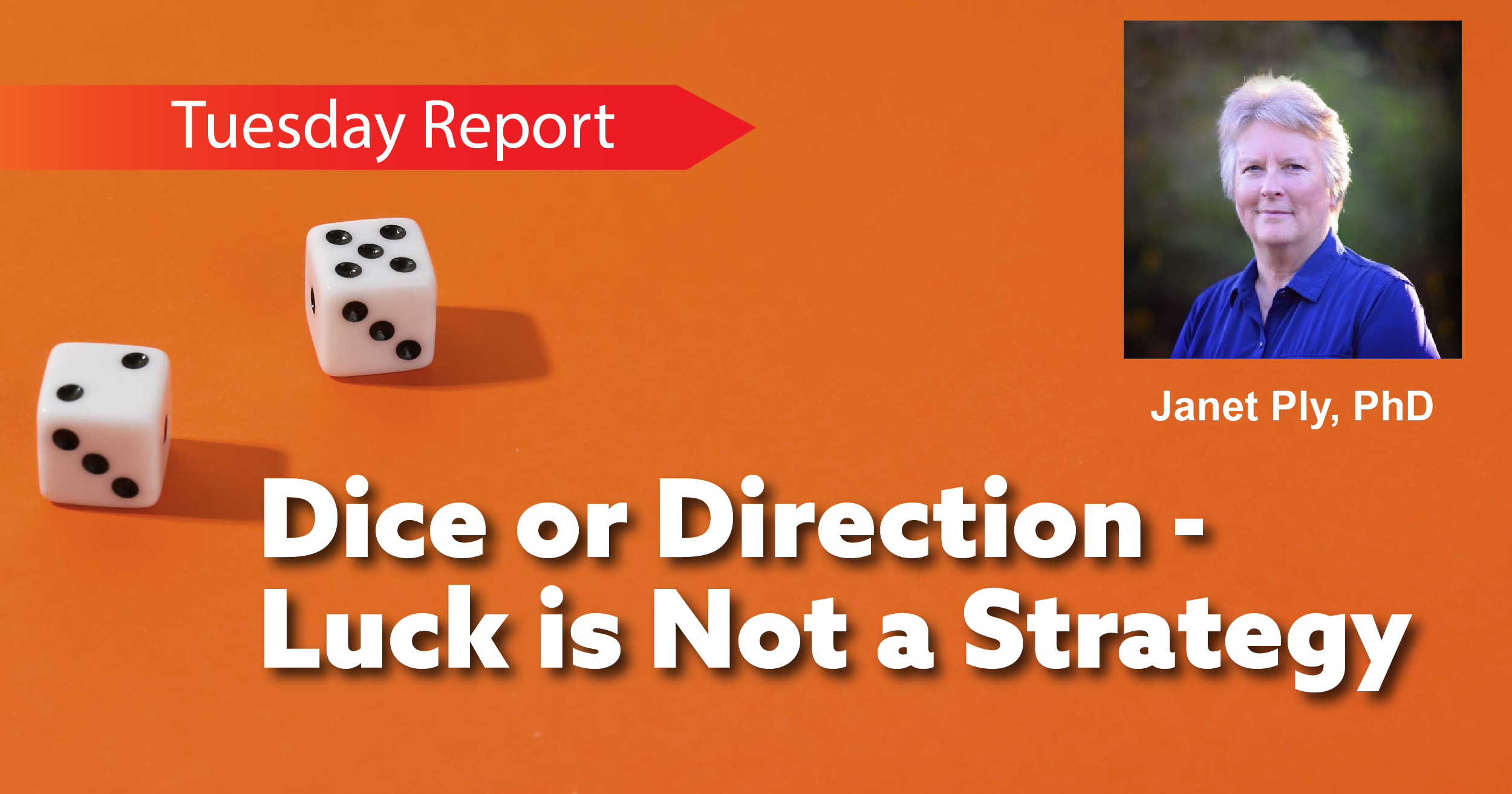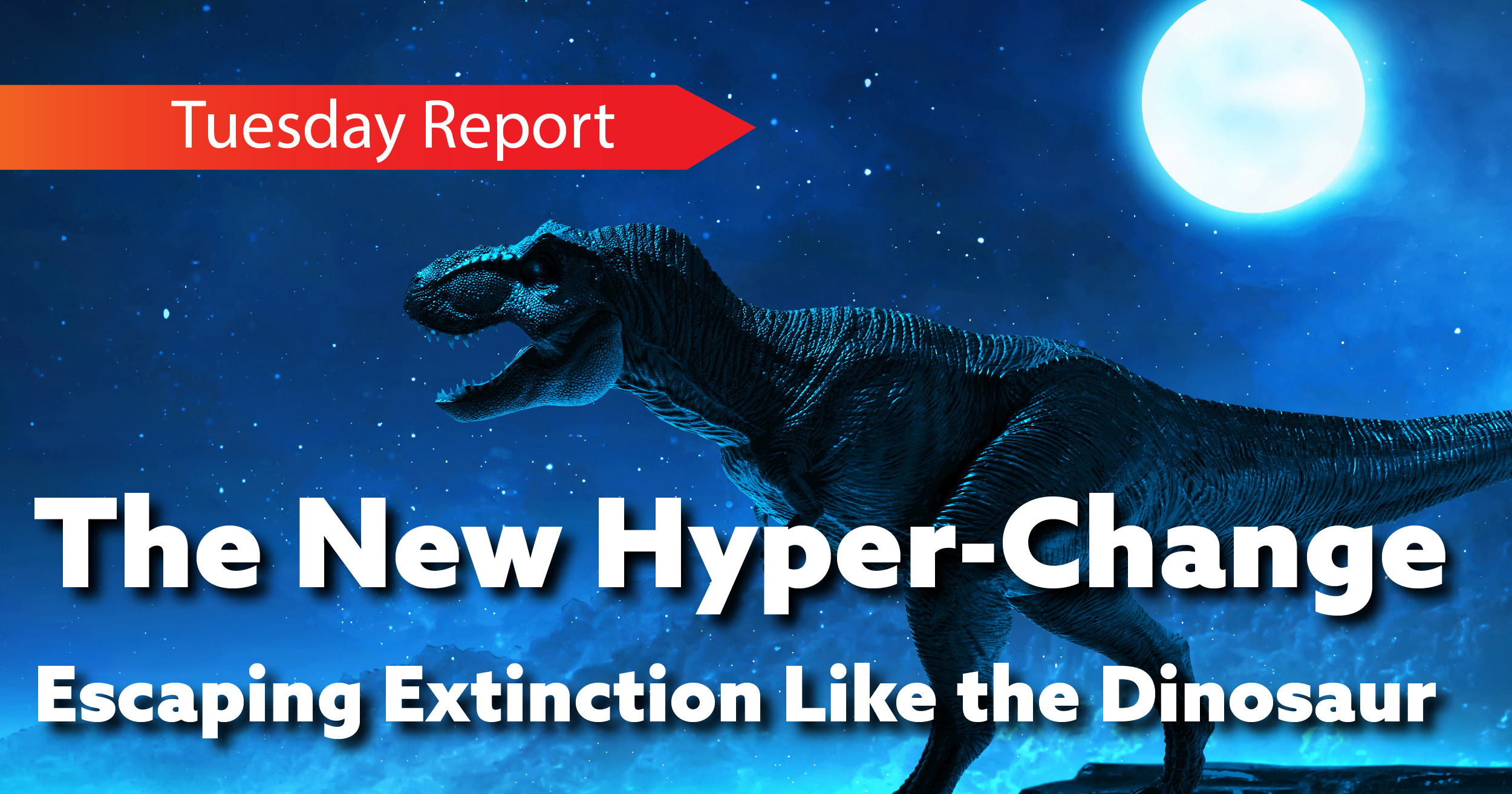Intergenerational Teams—Boomers, Gen Xers, Millennials and iGens Making it Happen Together
How are you managing your team members in terms of their intergenerational differences and how to make their best personal impact and contribution?
The way different generations in the workplace think about and approach work is just one of the factors that impact the effectiveness of teams—but it is significant—“a biggy.”
It is often an issue that seems too difficult and disruptive to address, so we just leave it alone, unmentioned and unsolved.
But effective organizations that have learned how to directly address intergenerational issues have turned these differences into competitive advantages. Different generations bring positive strengths to teams.
Teams Don’t Form Themselves—They Come from Star Players and Great Coaching
More organizations are finding that spending resources to make their teams click together successfully pays exponential dividends. We are discovering more each day that successful teams in organizations work like sports teams.
It’s all in recruiting and coaching the right team.
LeBron James, basketball megastar, as most are aware, signed a $33.3 million contract with the Los Angeles Lakers because they believe he’ll be key in winning an NBA championship. They believe the price is worth the payoff.
Success on the basketball court or in your workplace will not happen by accident—your players must not only be recruited, but trained and managed both individually and together.
The Amazingly Tricky Dynamics of the 21st Century Workplace
The dynamics of managing intergenerational teams in the workplace is both profitable and tricky. Because of expanding healthy lifespans we now have at least 5 different generations in the workplace, and we are likely to experience even more generations in the same workforce.
Here are those we have now.
Post-WWII Cohort – There are not many of them, but they are still around, and they often wield a lot of power, with resources and knowledge. Came of Age? 1946-1963
The Baby Boomers – The generation that often holds power, and sometimes won’t or can’t retire. They are hard working and disciplined in the workplace, but often have not been great savers. Came of Age? 1963-1983
Generation X – Came of age at the dawn of the technology age, can remember floppy disks and cursors on green screens. They saw societal norms crack and crumble as well as parents laid off. They can be socially conservative and suspicious of institutions. Came of Age? 1988-1994
Millennials – Never experienced a time when the Internet wasn’t there, they have always lived their lives digitally with faces to phone. They prefer to text than to talk. They are not tied to jobs, are great savers, and value the time they are not working, often doing international travel to the extent that earlier generations were not able. Came of Age? 1998-2006
iGens – Still in the formation stage, they have been schooled in the reality that employment is tenuous, often part of the “gig economy.” Came of Age? – Just now.
Make Intergenerational Teams Fuel Your Organization
Here are some key points to building an Intergen Team
1. Build Team Cohesion Through the Attitude of Winning. You don’t need a psychology course on generational differences. Why should different age cohorts stick together? If the organization succeeds, there is a pay check next month, people get promoted, skills are learned to build a career, and offers from headhunters come. It’s also really cool that you work for an organization that all your friends know by name.
2. Sit Down and Talk in a Facilitated Session—You Have to Know Each Other to Work with Each Other. It most often won’t happen on its own. We bring in IT consultants, process improvement consultants—we need to bring in facilitators to guide us through building relationships—it revolutionizes organizations.
3. Understand in What Ways Team Members Have Each Other’s Back—Why I Can’t Do Without You. The average age of a CEO today is 54 years old. This is because it takes years to develop the pattern recognition skills of a person who understands the marketplace, the products, budgets, boards, and financing. Everyone in the organization needs the skills of a good CEO.
At the same time, the Gen Xer and Millennial has the knowledge and technical skills to make technology work. Senior managers at best often have a general knowledge of technology. Without my team of programmers, designers, and social media experts, I can’t possibly move forward. Everyone has to have each other’s back and respect each other’s abilities.
4. Understand that Everyone on the Team Really Cares. Some of the most toxic team tragedies are team members who believe that other generations don’t care. My observation of teams over the years is that we often think of ourselves as the only one caring about the right things in the right proportions. We each care deeply about a set of things that are different from each other. We each have different ideas of how the workplace fits into the rest of our lives.
Sometimes our value systems are so different that it makes working together difficult to impossible. But as we understand each other’s value systems, we’ll be much more able to sync them to what we feel we both believe is important. The judgment that you don’t care because we don’t care about the same things will never take us to any useful goal.
5. Watch, Learn, and Cut Each Other Slack. I have always made quick judgments about people who don’t respond to me verbally and in a rapid, friendly and interactive manner. I am most frustrated by people who go “radio silent.” Yet I have found that the Millennial who doesn’t respond, doesn’t mean they’re not going to come up with a brilliant outcome. They’re in their own world working on it. When a boomer is grouchy and unfriendly, it doesn’t mean they don’t like you—they just don’t respond until they trust you. Wait, watch, listen, and learn is the key.
I have seen intergenerational organizations at odds with each other, in different camps, sometimes unable to effectively move because of different views of the way the world works. I’ve seen them do the difficult work of understanding and appreciation and finding not only creating an effective team, but becoming a life enriching community.
Watch, learn, and cut each other some slack…it’s basic stuff, but it can take intergenerational differences and turn them from source of frustration to competitive edge.






